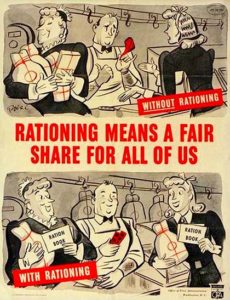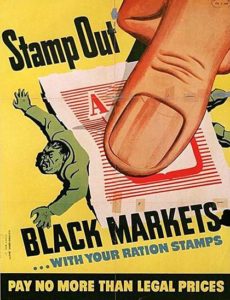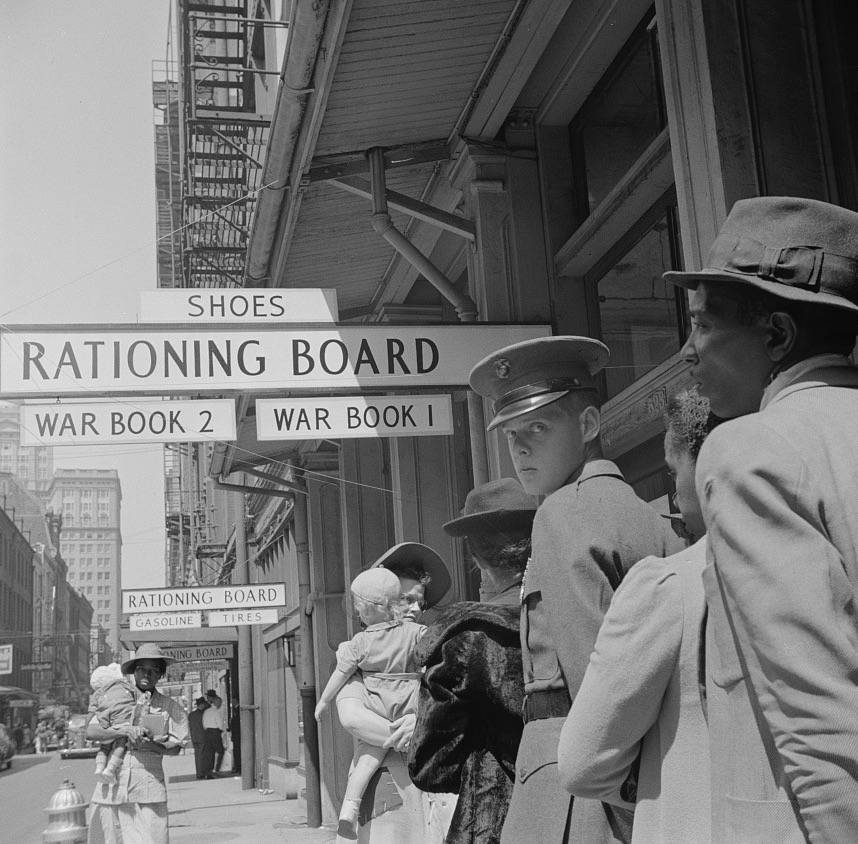A mad dash for toilet paper and Purell has once more reminded us of our species’ predictability in times of crisis.
Global pandemic-induced hoarding has yielded an industrial shift not seen since the global war phenomenon of the 1940s.
During World War II, companies such as Ford and General Motors famously shifted priorities on their respective assembly lines toward the U.S. war machine. Similarly, industries around the globe today are stepping up to supplement a dwindling supply of medical equipment as the nation fights to stifle the spread of the novel coronavirus, or Covid-19.
Both General Motors and Tesla have promised to divert company resources toward remedying the nation’s ventilator shortage, with designer Christian Siriano — among others in the fashion industry — going so far as to reassign his team of seamstresses to produce CDC-approved face masks.
Industrial similarities that span the two eras are evident, but how, exactly, does today’s public stack up to the WWII American citizenry from a standpoint of hoarding, rationing, or even bootlegging?
Hoarding
Hoarding became a mainstay throughout the war years, with many citizens endeavoring to stock up on items the public anticipated would soon be rationed.
The mad scramble in 1943 prompted one official at the Portland Office of Price Administration (OPA) to try — in vain — to dissuade consumers.
“First, it’s unpatriotic, and public opinion would make the would-be hoarders very unhappy,” the flummoxed official wrote.
“Second, you will have to report your present goods on hand when you get your ration cards. Third, you can’t possibly anticipate in advance exactly where shortages will develop. Just as a case in point, the greatest single run on a single item handled by department stores was the rush for all-wool men’s clothing last spring. Yet, today [a year later] it is still plentiful.”

Just like the poor OPA official today’s government pleas for citizens to restrict their shopping cart supply to only what they need have gone wildly unheeded, as Americans everywhere insist on stashing toilet paper at a rate that would satisfy a household of 86.
To counterbalance this shortage, some restaurants have humorously taken up giving out toilet paper rolls for pick-up food orders.
Trending phrases like “We’ve got your back(side)” and “Panic at the Costco” have managed to bring humor to an otherwise grim scenario.
Alcohol
During World War II whiskey and cigarettes mysteriously escaped the government’s list of rationed items — because, priorities.
Similarly, New York Governor Andrew Cuomo recently deemed liquor stores as “essential businesses” to remain open during the coronavirus pandemic.
Other essential businesses that will stay operational include hospitals, pharmacies, grocery stores, and news media.
Grazie mille, Cuomo.
Price Gouging and the Black Market
Sugar, coffee, meat, canned fish, cheese, and canned milk were rationed from May 1942 into March 1943.

Much like the Prohibition era, this led to black market operations cropping up all over CONUS.
In his study, World War II and the American Home Front, author John W. Jeffries estimates that at least 20 percent of all American businesses were given warnings about black market activities. Of those, seven percent wound up being charged for the illegal activity.
Owners, however, were rarely convicted. At most, they were hit with a small fine that seldom elicited persuasion strong enough to call a halt to slinging illegal or marked-up goods.
Fast forward to 2020 and the story of Air Force veteran Matt Colvin, who, alongside his brother, Noah, admitted to buying approximately 17,700 bottles of hand sanitizer with the intent of reselling them for prices that ran as high as $70 a pop.
While the “entrepreneurs” were quickly shut down, to quote Air Force Times, “It takes a unique perspective to witness the suffering of innocent people and think, ‘How can I turn this into a profitable enterprise?’”
Indeed, it does.

